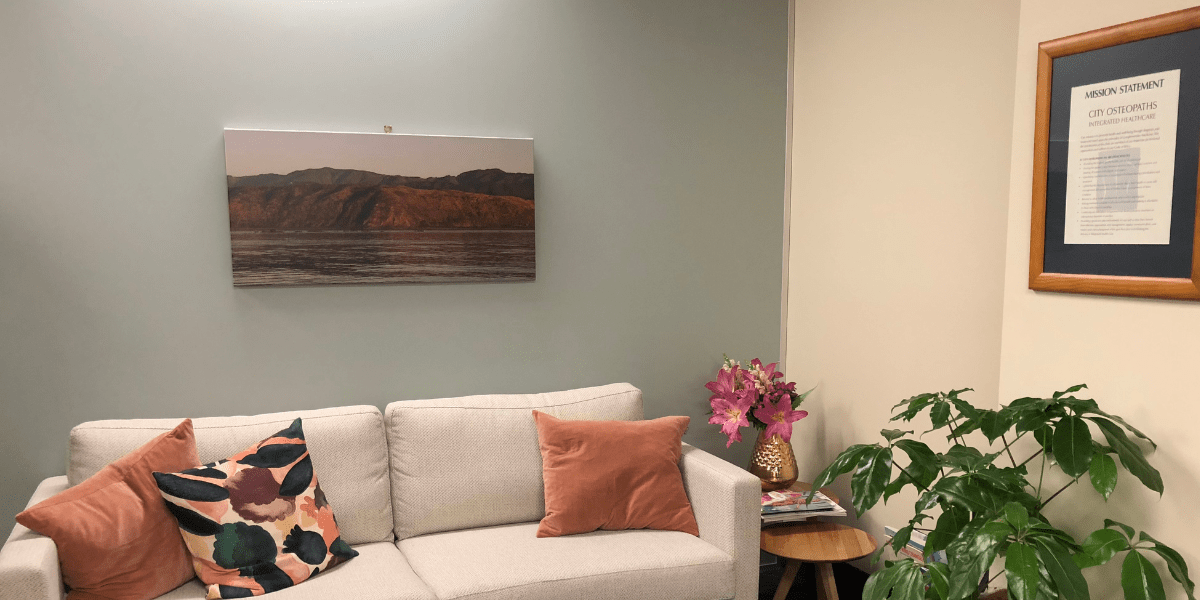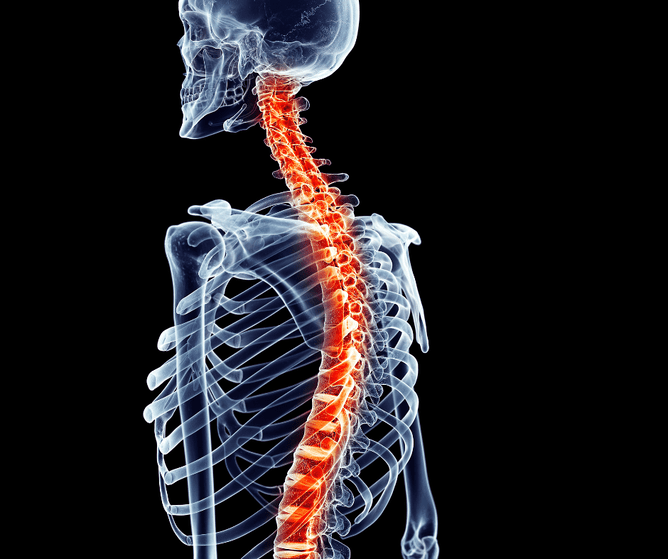1. The bones of the spine are called vertebra, which comes from a Latin word meaning ‘to turn’. The spine is so flexible that if it were removed from the body and bent, it could form two-thirds of a perfect circle! Osteopaths are trained to find the areas of your spine that aren’t moving well, and get them moving again.
2. Babies are born with 33 individual vertebrae, but adults only have 26. This is because five bones fuse to form the sacrum which sits at the back of the pelvis, and three fuse to form the coccyx at the base of the spine. Osteopathy offers a gentle and safe treatment for newborn babies to the elderly – at all stages of spinal fusion!
3. The sacral vertebrae start to fuse in the teenage years, and are usually fused into a single bone by 30 years of age. Heavy falls onto the backside throughout this period can set the scene for back pain in later life, so it’s worth getting them gently treated early on.
4. The coccyx is the remnant of a vestigial tail which is most prominent in human embryos at 31 to 35 days old, hence the term ‘tailbone’. The coccyx performs a very important role as the attachment site for our pelvic floor muscles (the ones we need to prevent incontinence). Tailbone pain is relatively common, especially during and after pregnancy, and it can be treated osteopathically.
The curves of your spine combined with your discs are very important for shock absorption
5. The first vertebra at the top of the spine is called the Atlas, named for Atlas from Greek mythology because it holds up the globe of the head. The second vertebra is called the Axis, because it forms the pivot upon which the Atlas rotates. Problems with the movement of these two bones are a common cause of headaches. Osteopaths are trained to palpate the movement of these bones and gently restore normal function to reduce headaches.
6. The spinal column has approximately 220 individual ligaments keeping the vertebrae interconnected and stable and over 100 joints, giving flexibility. Osteopaths look at how the whole spine moves when making a diagnosis, and sometimes the painful area isn’t where the actual problem is.
7. The curves in our spines are very important because they allow the spine to support ten times more weight than if it were straight. That’s why proper lifting is so important – if you bend at the waist to pick up an object, you straighten out your lumbar curve and put your low back at risk of injury. Low back pain is one of the most common reasons people see an osteopath.
8. Between the vertebrae are cartilage discs which make up a quarter of the length of the spinal column. As we age, the discs lose height and we become shorter, but old age is no excuse for back pain! Good postural habits and back care throughout life can keep you moving happily through life. Many people choose to get regular osteopathic treatment with this goal in mind.
9. The intervertebral discs are structured like a jelly donut, with a soft, jelly-like substance in the middle and a tough outer layer. They act as shock absorbers in the spine.
This is a picture representing one vertebra, one intervertebral disc (in pink) and a cross section of the spinal cord showing spinal nerves as the exit/enter through the intervertebral space.
10. The spinal cord, protected inside the vertebrae, begins at the base of the skull and continues down to approximately waist level - it doesn’t continue down the length of the entire spine. Instead it turns into the cauda equina – Latin for ‘horse’s tail’ – because the bundle of nerves at the base of the spine resembles the tail of a horse.
Osteopaths have an excellent understanding of the spinal nerves and their role in back pain and can help in the management of nerve-related pain.


